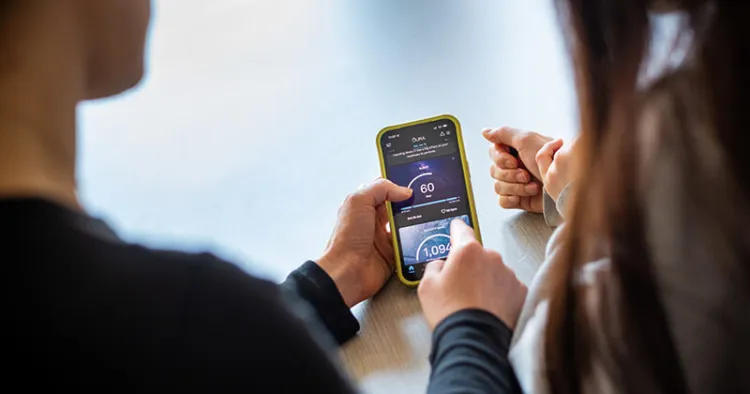Program Overview

This program offers a concentration in biostatistics leading to the M.S. degree.
Emphasis is placed on learning how to design studies and perform data analysis as the statistician in a research team. The curriculum takes full advantage of courses taught in the Statistics Program and includes potential experience in a variety of health, biomedical, natural resource and other research projects in the College of Medicine or other departments of UVM. This experience is designed to provide candidates with opportunities to use their academic training and work experience in defining research problems, formulating rational methods of inquiry, and gathering, analyzing, and interpreting data.
The program has close ties with the College of Medicine's Department of Medical Biostatistics and Bioinformatics, whose research activities cover the full range of studies that take place within an academic medicine environment. These include population-based health surveys of various types and evaluations of health promotion programs and professional education activities, such as community intervention studies to prevent smoking and to promote breast cancer screening. They also include clinical studies of many different interventions, bioengineering experiment design and measurement studies, statistical genetics, as well as data from other preclinical, clinical, and epidemiological studies.
Opportunities are also available for biostatistical research related to problems in agriculture and the life sciences, as well as natural resources and the environment. Opportunities could include multivariate or spatial data analyses for ongoing wildlife and water quality studies, for example. Students can gain research and consulting experience through the research requirement: a research project (STAT 6810) or a thesis (STAT 6391). Other opportunities for experience may arise through involvement in the Statistical Consulting Clinic (STAT 6850). (See also Statistics Program and Statistical Consulting Clinic descriptions.)